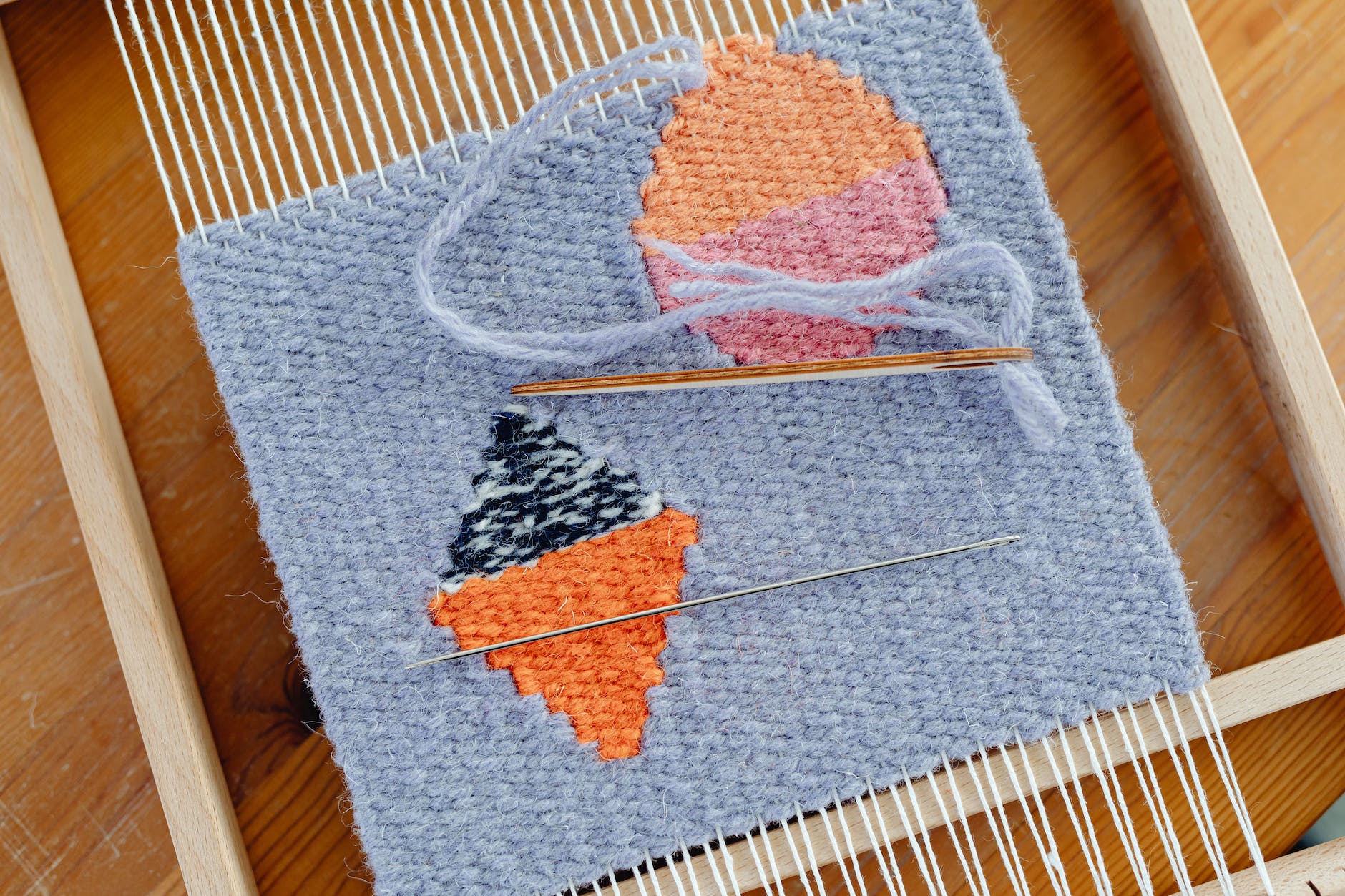Rug Making and Culture: Exploring Textile Heritage
Rugs interweave far more than just threads and fibers. Within their fibers, construction, symbols, motifs and colors are embedded expressions of cultural heritage, identity, and human stories. Beyond decoration, handcrafted rugs provide tangible connections to ancestral traditions worldwide. Each regional weaving style reflects unique ethnic roots, customs, environments, and values. By exploring the profound cultural dimension of rugs, we gain appreciation for rug making as enduring textile folk art that chronicles humanity’s rich diversity.
Cultural Origins of Regional Rug Making Styles
Localized techniques, materials, and designs set rug types apart:
Persian
Intricate designs with centralized medallions, standout borders, and stylized floral motifs distinguish prized ornate Persian rugs, popularized during 14th century trade.
Navajo
Navajo weavers incorporate tribal motifs like arrows, corn, and diamonds in bold geometric patterns on textiles woven of wool dyed using native desert plants.
Kilim
These flat tapestry woven rugs feature ancient symbols, shapes, and iconography specific to the Anatolian tribes of their Turkish origins. Vibrant colors reflect natural dyes.
Scandinavian
Scandinavian rya rugs are densely woven with abstract patterns and symbols like reindeer, snowflakes and runic letters. Traditional techniques involve sturdy wool.
Hopi
Hopi tribes of the Southwest perfected ornamental wicker plaited basket weaving with motifs inspired by native wildlife, plants and dress. All natural materials are used.
Afghan
Afghan rug makers use handspun wool to create vibrant tribal rug designs featuring floral bouquets, geometric shapes, animals, and patterns specific to Afghan culture.
Cultural Meanings Embedded in Rug Motifs
Weavers embed meaning through rug symbols:
Family Crests
Historic family crests commemorate lineage and values through design. For example, family crests denoted Scottish clansfolk.
Mythical Beasts
Mythological creatures like dragons, griffins and sphinxes reference cultural legends and superstitions through symbolic rug motifs.
Protection Symbols
Spiritual protection symbols get integrated into traditional rug patterns to ward against misfortune. Horseshoes, eyes, and crosses defend against evil.
Ceremonial Markings
Rugs hold ceremonial purposes in many cultures, woven to celebrate nuptials, births, festivals, and deaths. Patterns mark the occasion.
Ancestral Totems
Animal symbols like owls, turtles, and wolves represent the ancestral clans and spirits of Native tribes through abstract rug designs.
Folklore Figures
Fairies, elves, gnomes and troll designs woven into Scandinavian rugs derive from Nordic folklore passed on through rug making.
Rug Making Preserves Cultural Identity
Time-honored textile techniques maintain heritage and traditions:
Language
Pre-industrial rug motifs are often labeled using local dialects. Kilim patterns bear Turkish tribal terminology. Rug weaving keeps languages alive.
Gathering Rituals
Groups congregate to shear wool, card batting, and gather plants for natural dyes. Rug making brings communities together to uphold tradition.
Youth Education
Elders instill cultural pride and pass technical skills to youth through rug apprenticeships. Children learn heritage hands-on by making heirlooms.
Income Source
For many cultures, handmade rugs provide vital income and independence. Generations continue rug making enterprises stemming from textile traditions.
Design Legacies
Weavers study ancestral rugs to maintain design lineages. Unique patterns and motifs get adapted and reinterpreted over eras.
Connection to Past
Making rugs evokes connection to the past. Handling dyed wools, touching knots, feeling textures links weavers to their roots through tactile media.
How Rug Designs Chronicle Cultural Narratives
Rug patterns and practices narrate human stories across generations:
Migration Stories
Rug weaving spread along trade routes, adapting motifs and materials to new locales. Cultural blending is visible in rug patterns.
Political Commentary
Some Afghan war rugs portray military equipment, soldiers, or maps offering perspective into decades of conflict through an artistic lens.
Record of Resources
Dyes, fibers, and motifs use local flora and fauna, capturing the weaver’s natural environment, available resources, and ingenuity.
Documentation of Dress
Intricately woven kilims reflect centuries of Turkish tribal garments and adornments through stylized rug designs once used as clothing.
Tales and Fables
Patterns illustrate folk stories, myths, and proverbs. Hummingbird motifs depict joy. Spider icons warn deceit. Rugs are pictorial language.
Momentous Events
Special occasion rugs narrate important events like births, weddings, or diplomacy. Ceremonial rugs commemorate significant cultural milestones.
Honor and Connection Through Handmade Heirlooms
Beyond floor coverings, rugs weave together humanity. Their lasting tangible threads bind past, present, and future while honoring the diversity of our global family. Each handcrafted rug gifts a cultural experience – a doorway into another’s traditions and identity. Though created through labor-intensive skill, these textiles feel like love letters handwritten to the world.
